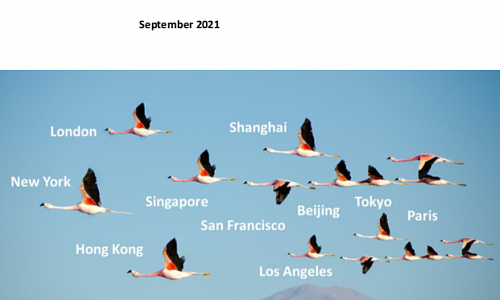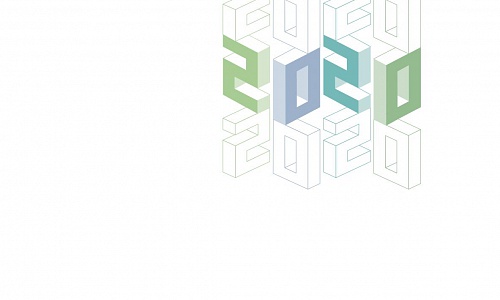Major economic indicators are still mostly falling in October. Industrial output rose 4.7% y/y, comparable to July and August. Investment rose 3.4% y/y, down 1.3 pps from Q3. Retail sales of social consumption goods rose 7.2% y/y, and its real growth rate was 4.9% y/y, down 0.4 and 0.8 pps from Q3 respectively.
In October, exports rose 2.1% y/y, and imports fell -3.5% y/y, down1.8 and 0.6 pps from Q3. Export to US fell -13.8% y/y, but up 6.2 pps from September. Trade surplus is enlarging dramatically, and rose 36.6% y/y.
Since July, societal financing scale was slowing, and rose only 0.8% y/y in Q3, steeply falling from 40.6% and 22.4% y/y in Q1 and Q2 respectively. In particular, it fell -16.1% y/y. M2 was up 8.4% y/y, and M1 rose 3.3% y/yin October. Both are basically stable.
In October, CPI appreciated largely and rose 3.8% y/y, up 0.8 pps from September. The driving factor is only meat price. Meat price appreciation is publicly viewed as cyclical, and not sustainable. Ex-factory price index of industrial goods rose 0.1% m/m, and fell -1.6% y/y, down 0.4 pps from September.
The PPI, seen as a key indicator of corporate profitability, fell -1.6% in October from a year earlier, marking the steepest decline since July 2016. This aligns with other indicators showing shrinking manufacturing activity in October, with the official PMI indicating contraction for a sixth straight month. Both reflect weak domestic demand from growth slowdown and external demand from trade war. They also indicate future insufficient growth source. In response, on November 20th, China for the first time since 2016 cut the interest rate in its one-year MLF loans by 5 basis points. A future interest rate cut is constrained by the current high inflation.









